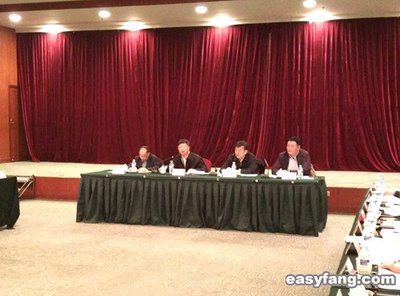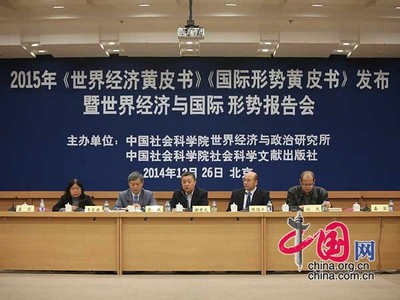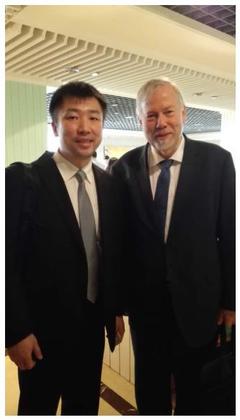发布时间:2024年11月06日 14:58:39分享人:挽歌渡临舟来源:互联网19
首页
教学内容
学习引导
测试练习
学习资源
学习成果
教学论坛
学习软件
联系我们
网络课程架构
教学课件 课程详解 案例分析
教学大纲 教学难点重点
学习网址 阅读材料 政策法规 参考文献
学生作品 学习体会
教学团队
爱华网本文地址 » http://www.413yy.cn/a/25101012/122764.html
更多阅读

(sunlai大少按:2013年,国家实行新版专业目录,目前我国千余所具有本科招生资格的高校,有92个专业类506种专业可供选择,新目录在结构上仍分为学科门类、专业类、专业三个层次,目录分设哲学、经济学、法学、教育学、文学、历史学、理学、工学

苦苦寻觅,才得其果!愿能为你带来些许帮助!~国际贸易:Internationaltrade西方经济学:Microeconomics &macroeconomics大学英语:College English形势与政策教育:Situation and Policy英语听说:English listening & speakin大学生心理

吃货们应当关注的核心问题!原文地址:李腾飞结课论文:食品安全监管的国际经验与我国监管机制的完善——一个比较分析视角下的文献综述作者:主文献课程食品安全监管的国际经验与我国监管机制的完善——一个比较分析视角下的文献综述李腾

15年《世界经济黄皮书》等发布暨世界经济与国际形势报告会《世界经济形势分析与预测(2015)》和《全球政治与安全报告(2015)》将于近日由社科文献出版社出版。2014年12月26日(周五)14:00在中国社会科学院第一报告厅召开“2015年《世界经济

内容提要] 随着中国综合国力的增强,国际社会日益关注中国在国际经济关系中的地位、作用和目标。中国是否能向国际社会充分、准确、系统地表达自己的利益和主张,也将在很大程度上关系到中国能否在自身的发展过程中有效建立起与国际经济





 爱华网
爱华网